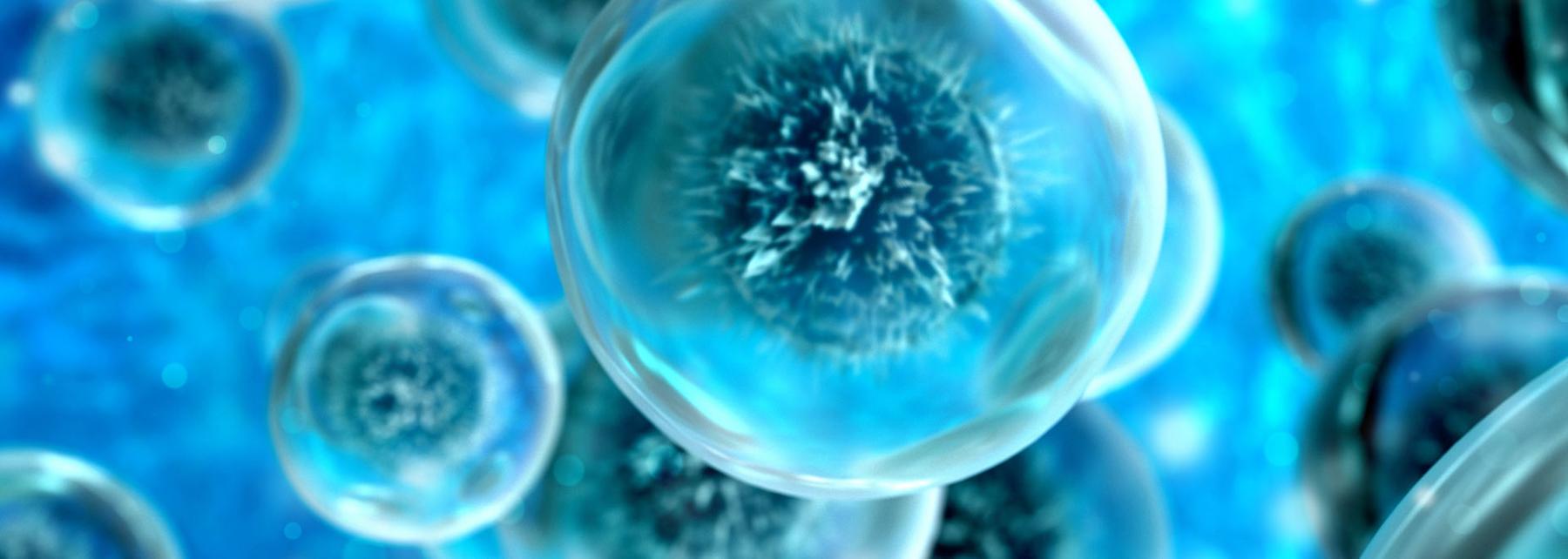
Halt, Who Goes [in/out] There? Structure and Function of the Cell Membrane in Different Environments
by Lacey Merritt
The purpose of this lesson is to engage 7th-grade students in a hands-on investigation of how salt concentrations affect plant cells. By exploring the process of osmosis, students will gain a deeper understanding of cellular functions and the importance of maintaining homeostasis in living organisms. This lesson integrates science, technology, and math to provide a comprehensive learning experience that connects classroom concepts to real-world phenomena.
Outcome:
By the end of this lesson, students will have:
-Observed how varying salt concentrations impact the structure and function of red onion cells through microscopic examination.
-Conducted osmosis experiments using dialysis tubing and U-tubes to simulate cell membranes and water movement.
-Utilized PhET Interactive Simulations to model osmosis and gather additional data.
-Analyzed and graphed experimental data using 7th-grade math skills, identifying patterns and trends.
-Read and synthesized scientific articles to support their understanding of osmosis and homeostasis.
-Constructed and presented scientific explanations on how changes in a cell’s environment affect cellular function and overall organism health, highlighting the role of osmosis in maintaining homeostasis.
Through this integrated STEM investigation, students will develop critical thinking and problem-solving skills, enhance their ability to use technology in scientific inquiry, and gain a foundational understanding of key biological processes.
Lesson Grade Level
7th GradeLesson Plan Link/URL
https://docs.google.com/presentation/d/1lupNGFkthnFVEo8fPdhAdWVywazuzBoK/edit?u…Related Content

Grades:
7th Grade, 8th Grade, 9th Grade, 10th Grade
This project sets students up to explore animal anatomy and physiology with the idea of replacing a lost appendage (beak, leg, tail, fin, etc.) This is used in small groups of 2 or 3 over the course

Grades:
Kindergarten, 1st Grade, 2nd Grade
In this lesson, K-2 students will plant seeds and use technology to track the growth of their plants. Through hands-on activities and observation, students will learn about the basic needs of plants

Grades:
10th Grade, 11th Grade, 12th Grade
This lesson has students create a unique graphical visual of the components of blood within a vial. These components of blood are then researched and used as a control for accomplishing two